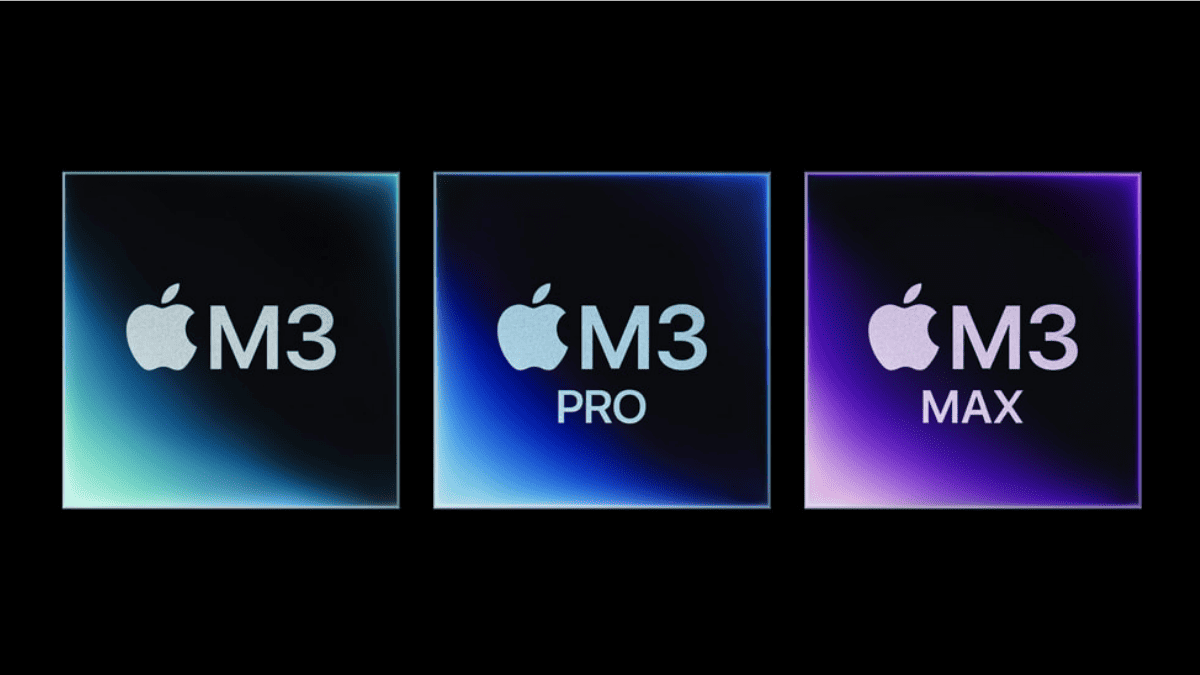Apple M3 vs M3 Pro vs M3 Max: What makes these chips different?
3 min. read
Published on
Read our disclosure page to find out how can you help MSPoweruser sustain the editorial team Read more

Apple is coming hot this week. The tech giant announced a series of new M3 chips and a brand-new MacBook Pro line with an interesting matte black color. The question we now have is: how do these chips compare against each other? Let’s dig in: Apple M3 vs M3 Pro vs M3 Max.
They call their debut in 3-nanometer chips “the most advanced chips for a personal computer,” and rightfully so. It has a next-gen GPU, a dramatically better CPU and Neural Engine, and better-unified memory
In the official presentation, Apple takes the chips into a series of tests. With 25 billion transistors, the 10-core GPU can showcase incredibly realistic reflections in games like never before. The 8-core CPU, composed of 4 performance cores & 4 efficiency cores, is faster than the M1.
Enough with the tech jargon. What’s the difference between these chips? Here are the key comparisons you need to know about Apple M3 vs M3 Pro vs M3 Max.
Apple M3 vs M3 Pro vs M3 Max: Here are the key differences
| Comparisons | Apple M3 | Apple M3 Pro | Apple M3 Max |
| CPU |
|
|
|
| GPU |
|
|
|
| Memory support |
|
|
|
| Wireless | Wi-Fi 6E & Bluetooth 5.3 | Wi-Fi 6E & Bluetooth 5.3 | Wi-Fi 6E & Bluetooth 5.3 |
| Supported laptop(s) | MacBook Pro with M3 chip in space gray or silver finish, 14-inch display | MacBook Pro with Apple M3 Pro with space black or silver finish, 14 or 16-inch display | MacBook Pro with M3 Max, with space black or silver finish, 14 or 16-inch display |
As you can see on the comparison table, alll Apple’s M3 family of chips features a next-generation GPU with major performance and efficiency improvements, as well as new rendering features and support for AV1 decode.
Apple’s M3 chips support ray tracing, while the recently-released Snapdragon X Elite chips do not. You can check our key comparisons here.









User forum
0 messages